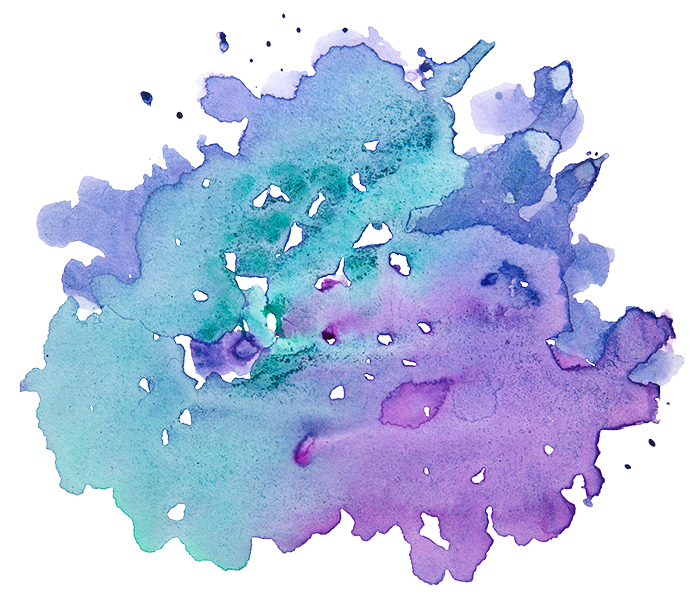Lisa Port White gives massage and Reiki treatments to people in hospice. She is an active volunteer at Congregation Dorshei Tzedek and at Mayyim Hayyim as a mikveh guide. To learn more about her, visit her blog at www.lisaportwhite.com.
I was blessed with an early mid-life crisis. Its timing was great for a career change and spiritual growth. On one of the darkest days of the year—mine and the calendar’s, I got a massage. Massages are not treats for me; they are more a face-your-fear kind of experience. But on that cold, dark December night in western Massachusetts, something shifted for me. The therapist created a safe place—the solid, warm table; the clean, soft sheets: her only seeming interest was in my safety and well-being. She allowed me the gift of being fully in my body.
One of the first things I did when I returned home was to seek out a massage therapy program, to the shock of most of the people who knew me (the don’t-hug-me-or-touch-me me). While in school, I was introduced to several forms of energy work, including Healing Touch, and Reiki, which I pursued and continue to practice, along with massage.
During my second year of training, I began to realize the work I was doing was holy. My favorite part of the session was when I had someone’s head cradled in my hands. There is something powerful about supporting another human that way. To hold another person’s head with my hands, in the shape of someone receiving something, or holding a precious, fragile gift, feeling the life-force flowing through them is a most awe-some and humbling opportunity.
The month I graduated from massage school, in June of 2005, my dear friend’s 17 year-old nephew was diagnosed with a brain tumor. Before treatment began, I went to his home to work with him. Two years later, the last week of his life, they called me again to see if he might get some relief from some gentle touch and energy work.
We worked together, he in his hospital bed, in the family room, with his parents, grandparents, and aunts and uncles. I worked around the wires and machines, mostly placing my hands on his feet or head. I asked him questions and spoke to him, even though he was no longer able to speak. It seemed as though I was able to understand things he wanted.
As I was driving home, I had two thoughts I could not shake: I helped a boy die tonight; and, this is the work I am supposed to be doing. It was a scary thought. And he did die that night. And I believe he died a better death because of the work we did together. His willingness and openness to my presence and touch at one of the most vulnerable times in his life was a bravery I cannot imagine possessing. His family’s desire for his comfort and relief was palpable. Their grief and strength and exhaustion were difficult to witness, but it was my honor to do so.
The next few weeks were hard for me (to say nothing of what it must have been for his family). I remember my rabbi checking in with me and my telling her that I was really feeling stuck in my feelings around his death. She asked me, have you thought about going to the mikveh? I had not. But I did, and it was perfect.
Immersing to mark my transition from grief and confusion to recovery and action was just what I needed. To be able to do the work I felt called to do, to work with hospice patients and their caregivers, required more and specialized training—some of which has to do with taking care of myself around the loss of the clients. The only way that I really can continue to do this kind of work—which I balance by working on healthy, vibrant seniors—is by having the ritual of immersion at Mayyim Hayyim.
Just as that therapist made that safe space for me on her table, so too does Mayyim Hayyim in its mikvaot. I am given the gift of being fully in my body, and I leave transformed, every time.

